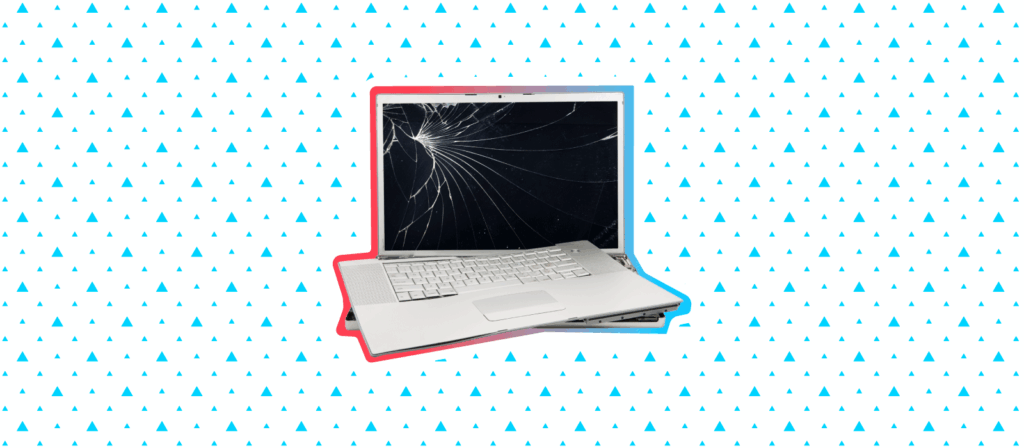
Managers often add new software into their processes to improve business output or efficiency. There is a wide array of choices for almost any existing business problem—but choosing the wrong tools can create issues by introducing new maintenance requirements or overwhelming teams with data and features. Facility managers should consider several factors before choosing and implementing software tools to work with.
Pick a strong central platform

Software programs often feature the ability to implement integrations, allowing you to introduce small capabilities from other software to improve overall functionality. Integrations allow managers to create their own mix of software that is perfectly adapted to their needs. These integrations need to be built on top of a strong software platform in order to be cohesive and easy to maintain. Slack is a prominent example of platform software that prizes strong integration. In addition to our own visual directory integration, companies like SurveyMonkey and Zenefits have built integrations that bring extra functionality into Slack.
Managers must ensure that their platform of choice is designed to be compatible with the integrations they need.
These platforms should also work well with different devices, as employees may vary in the technologies they use. Poorly matched software can cause errors or loss of important data. By designing your own custom suite of tools, you can ensure that your software works well together and meets the specific needs of your employees.
Ensure usability

Facility managers face the challenge of working with many different types of employees—external contractors and remote workers being a few of them. These individual groups rely on different tools and may need to coordinate with each other to get work done. Managers should ensure that new software additions aren’t conflicting with their team’s current set of tools in order to reduce the risk of compatibility errors.
Assess internal bandwidth

Cloud services come with the advantage of relying on your software vendor’s maintenance team to update and maintain the software. These teams are best equipped to diagnose any errors with the software and can provide customer service when needed. Cloud-based tools also allow data to be synced across different offices or devices—making them particularly well-suited for offices with remote teams or multiple campuses.
Does your team have the internal bandwidth to troubleshoot any software issues? If you don’t want to put stress on your existing IT team, you should consider using cloud-based SaaS software that has its own team to manage ongoing maintenance.
Have an implementation plan

Incorporating new software into an office is an organizational challenge as well as a technical one. Teams might require training or data may have to be migrated into the new system. A smooth installation process and buy-in from affected teams is necessary to maximize the benefits of tech upgrades.
When implementing new software, you should have support from top management and key stakeholders. Get them involved early to ensure that their support can give your software choices more credibility around the office.
Managers should know how the new technology fits into their internal communication plan and provide training across departments on how to use new tools.
Your technology should fit into your existing strategies and strengthen office operations, so be sure to gather feedback from your team on any pain points throughout the process and in the months following implementation.
A customized tech toolkit will be highly integrable, useful across departments and low maintenance for your internal IT team. Managers who take the time to choose user-friendly technology for their office stand to gain from a more stable and efficient tech ecosystem.
Learn more about how OfficeSpace software can help facility managers streamline office operations.
Photos: Shutterstock / ImageFlow, Shutterstock / g-stockstudio, Shutterstock / rawpixel, Shutterstock / SFIO CRACHO, Shutterstock / GaudiLab




